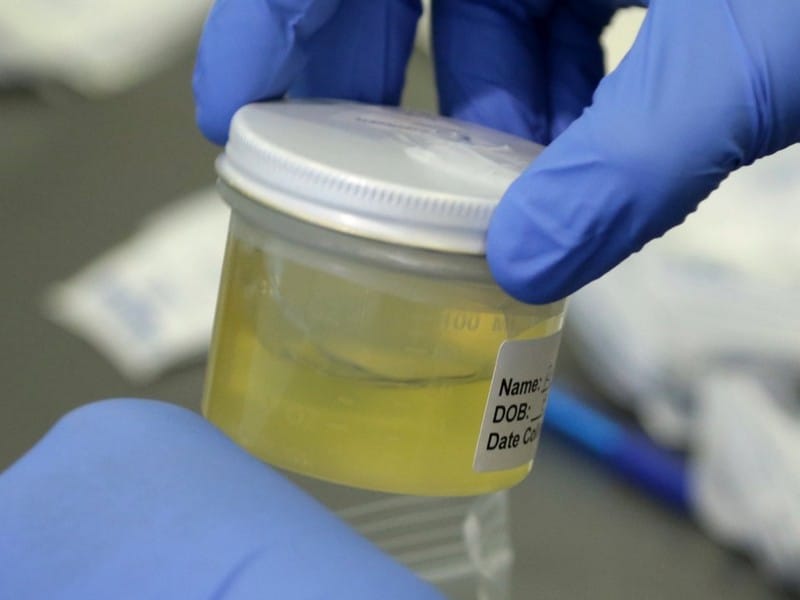Urine and Stool Abnormalities

Bilirubin cannot be eliminated in the feces when there are liver or biliary system issues. This results in a lighter or a clay shade of stool. Conversely, this causes the urine to have deep orange, amber, cola, or brown hue may indicate liver diseases, including NAFLD. This coloration is due to the liver’s incapacity to handle bilirubin levels in the blood.
On the other hand, water, minerals, and kidney waste products are all found in urine. The relative amount of these compounds may influence the acidity of urine, which is measured by experts using the pH scale.
Urine pH should be between 6.0 and 7.5, although measurements of 4.5 to 8.0 may typically not pose immediate medical attention.
Some studies link diabetes mellitus, hyperlipidemia, and metabolic syndrome to a low urine pH. These illnesses are commonly comorbid to NAFLD due to the increased visceral fat in the body.
Furthermore, NAFLD patients are more prone to developing UTIs (urinary tract infections) due to increased bacterial infections. UTIs occur when bacteria enter the urinary system via the urethra. Typically, these pathogens originate in the skin or rectum. The most prevalent bacterial infections in cirrhotic individuals are UTI and spontaneous bacterial peritonitis (SBP) due to ascites.










